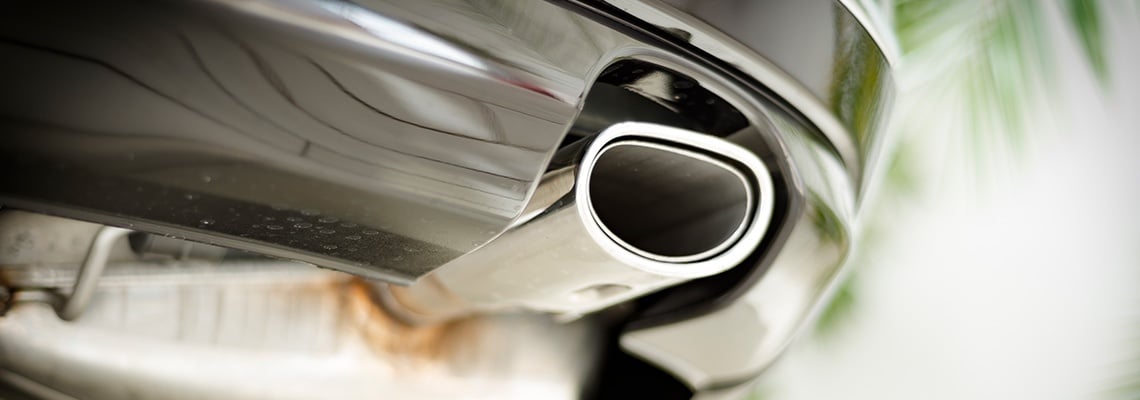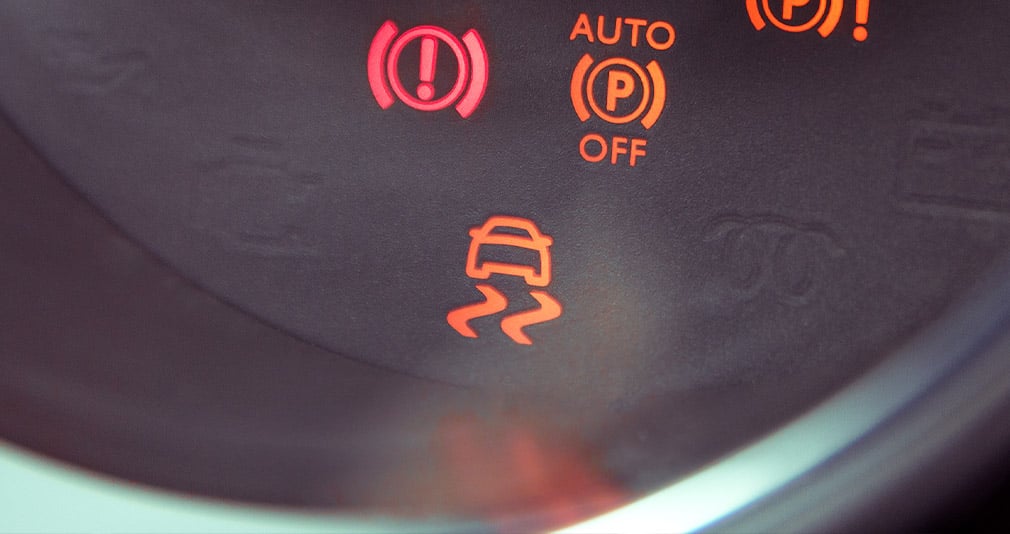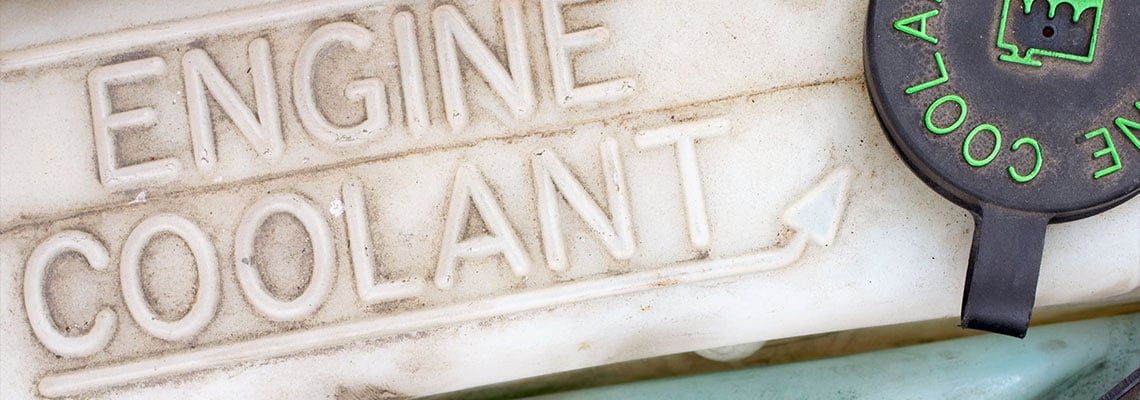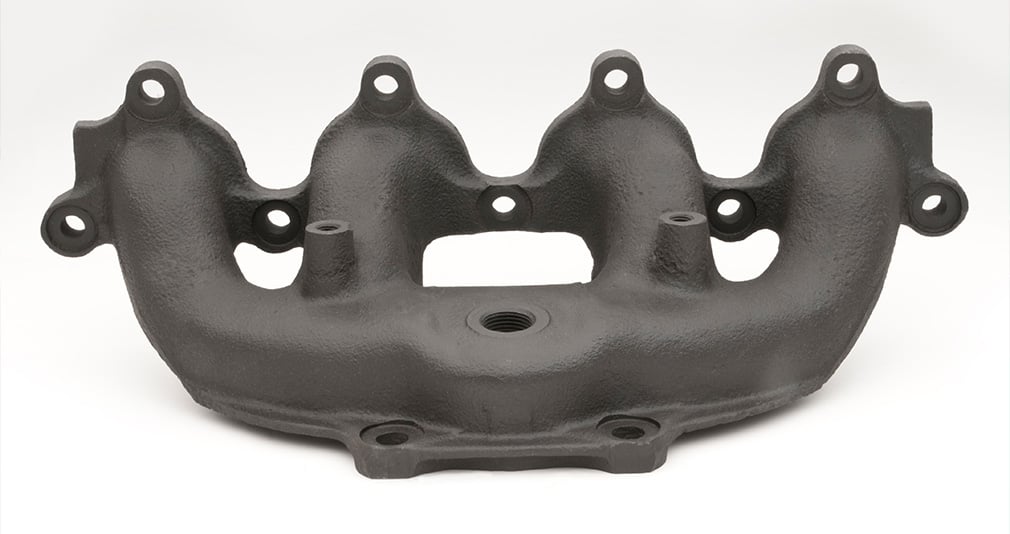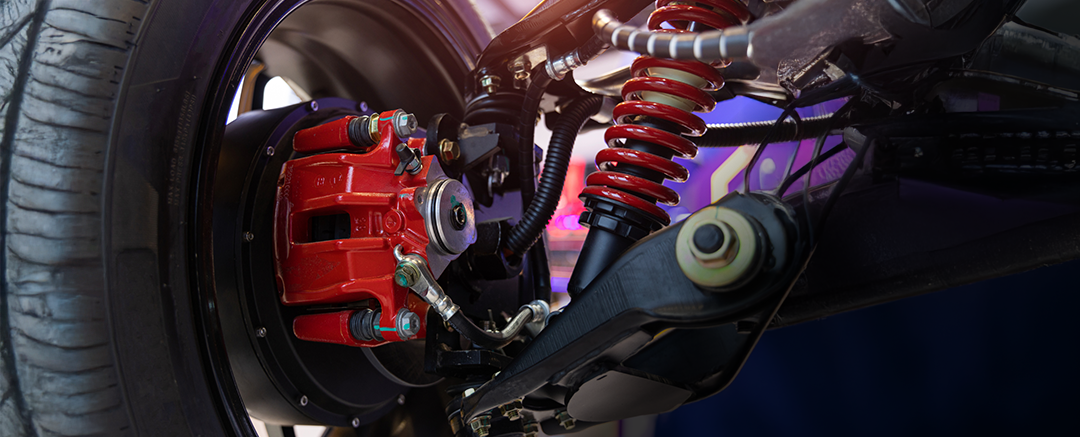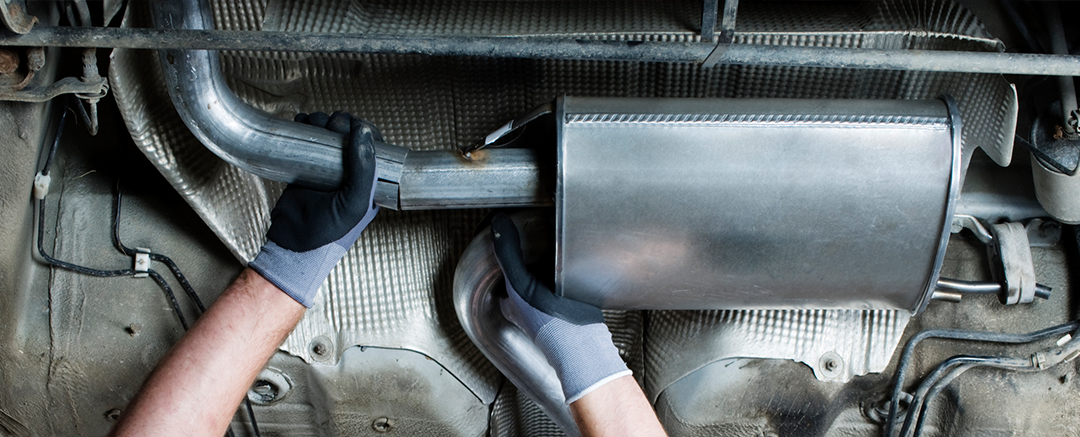Exhaust systems in cars are serious business. When they work correctly, they remove gases, caused by combustion, from your car’s engine, reducing harmful emissions in the process. They make engines run more effectively and reduce people’s exposure to dangerous gases.
That’s why if you hear or smell an issue with your exhaust system, it’s important that you get an expert to take a look under the hood and fix any exhaust issues ASAP. But how your exhaust system will be repaired depends on the type of system it is. Read on to discover how exhaust systems work, some common exhaust terms and the five most common types of exhaust systems for cars.
How Exhaust Systems Work
An exhaust manifold collects exhaust gases from the cylinder head in the engine. Then, the exhaust manifold acts as a funnel, diverting exhaust gases from all cylinders of the engine and then releasing them through a single opening, which is often referred to as the front pipe. Finally, the gases pass through a silencer or muffler. The result is a clean system in your car that will ensure it runs smoothly.
Common Exhaust Terms
Now you know about the manifold, gases and cylinders. Some other key terms you’ll come across in the world of exhaust systems include:
- Catalytic converter: An exhaust emission control device that converts toxic gases and other pollutants into exhaust gas. Catalytic converters, used with internal combustion engines and fueled by either gasoline or diesel, include lean-burn engines as well as kerosene heaters and stoves. Read the five symptoms of a clogged catalytic converter and stay one step ahead.
- Muffler: The main function for a muffler is to mute sound, as it emanates from the engine. Mufflers are installed inside the exhaust systems of most internal combustion engines. Thanks to a series of passages and chambers lined with fiberglass insulation and/or resonating chambers, soundwaves are effectively canceled out.
- Turbocharger: A pair of fans, the turbocharger aims to increase the amount of air entering the engine to create more power. All of which delivers a telltale "oomph" to the vehicle and allows it to operate efficiently at any kind of altitude.
The Five Most Common Types of Exhaust Systems
Just as cars and trucks can run the gamut in make and model, there are a variety of exhaust systems out there. Here are the five most common types:
1. Single Exit Pipe
This is the most common type of exhaust system, regularly found in vehicles you purchase from a dealer. A telltale sign you have a single exit pipe? The exit will typically come out of the passenger side of the vehicle. Relatively inexpensive to build and install, they might not be the most efficient, but they’re the economical workhorse of the industry.
2. Dual Rear Exit
Got a sports car? You also probably have a dual rear exit exhaust system. This type of system means there are two exhaust pipes, usually on opposite sides of the back bumper. These pipes don’t typically bend near the wheels, and they are more efficient than other types of exhaust systems since they work to expel the car’s exhaust two times over.
3. Opposite Dual Exhaust
This type of exhaust has the opposite set-up: The exhaust pipes wrap around the wheels. Opposite dual exhaust systems are typical in vehicles that haul heavy machinery, boats or trailers. One reason why the pipes bend is so that the exhaust gases will stay away from the load, meaning no residue is left. Even better, in some situations, this type of system can be very efficient and give the car more power.
4. Dual Side Exhaust
Picture two exhaust pipes next to each other on one side of the vehicle and you have dual side exhaust. Because two smaller pipes are part of the system, this is an efficient module that can contribute to a deeper sound emanating from the muffler. Typically, these mimic those found in higher performance vehicles but often without a huge price bump.
5. High-Performance Exhaust Systems
Expensive and efficient, this type of system is an aftermarket option. With wider pipes, pressure is reduced, which increases engine performance. True high-performance systems mean changes to the manifold, which can be costly.
Finding the Best Exhaust Repair and Replacement Shops
All that’s to say, exhaust systems can be exhaustive in scope and detail. Leave modifications and muffler and exhaust maintenance to the experts, and your vehicle is sure to come out smelling like a rose.
To have your exhaust system inspected, repaired or replaced, visit any of our expert mechanics on Bishop Rd. today!

